2016 AHRI Guideline N Specifies Silk Gray on all Refrigerant Containers by 2020

In 2016 some significant changes to refrigerant paint color designations were recommended by the Air-Conditioning, Heating, and Refrigerant Institute (AHRI). In their Guideline N, Assignment of Refrigerant Container Colors, AHRI reversed conventional long-term practice in the industry. Previous AHRI Guidelines had specified industry-standardized Pantone paint colors of all refrigerant gases to help handlers immediately identify gases on sight.
However, as the industry has changed over time, the number of approved refrigerants have grown, and gases with similar paint colors were becoming more and more common. Further complicating the issue, variations in the way cylinders were painted resulted in color variations for the same product in the final outcomes. As a result, many felt the original guideline had effectively outlived its purpose. An AHRI survey of refrigerant handlers found that over 50% felt container colors had caused more confusion than clarity. AHRI concluded that this confusion would likely increase over time as new refrigerants were added to the market, and could easily result in misidentification of similarly colored containers, a serious safety, and equipment damage issue.
The concept of adopting a uniform color had been deliberated for several years before the 2016 recommendations designated that all refrigerant containers should have one uniform paint color, silk gray (RAL 7044), and also that all current individually assigned container paint colors should be transitioned to that color by 2020. The rationale is that handlers should be more in tune to the required product markings and labeling rather than rely on a system that was becoming less and less precise.
However, the move is not without its critics. There are many establishments that use a limited number of refrigerants, and so there is no overlap in product coloration for them, and the change, therefore, represents an unnecessary adjustment. Others feel that labeling is not the most effective means of communication, especially for international applications. Color, of course, is language-barrier proof. People who agree with this line of reasoning may have preferred to add striping or some other differentiating elements to existing colors to further avoid confusion.
As with any change, it is imperative for very strong communication and education among all parties across the industry.

